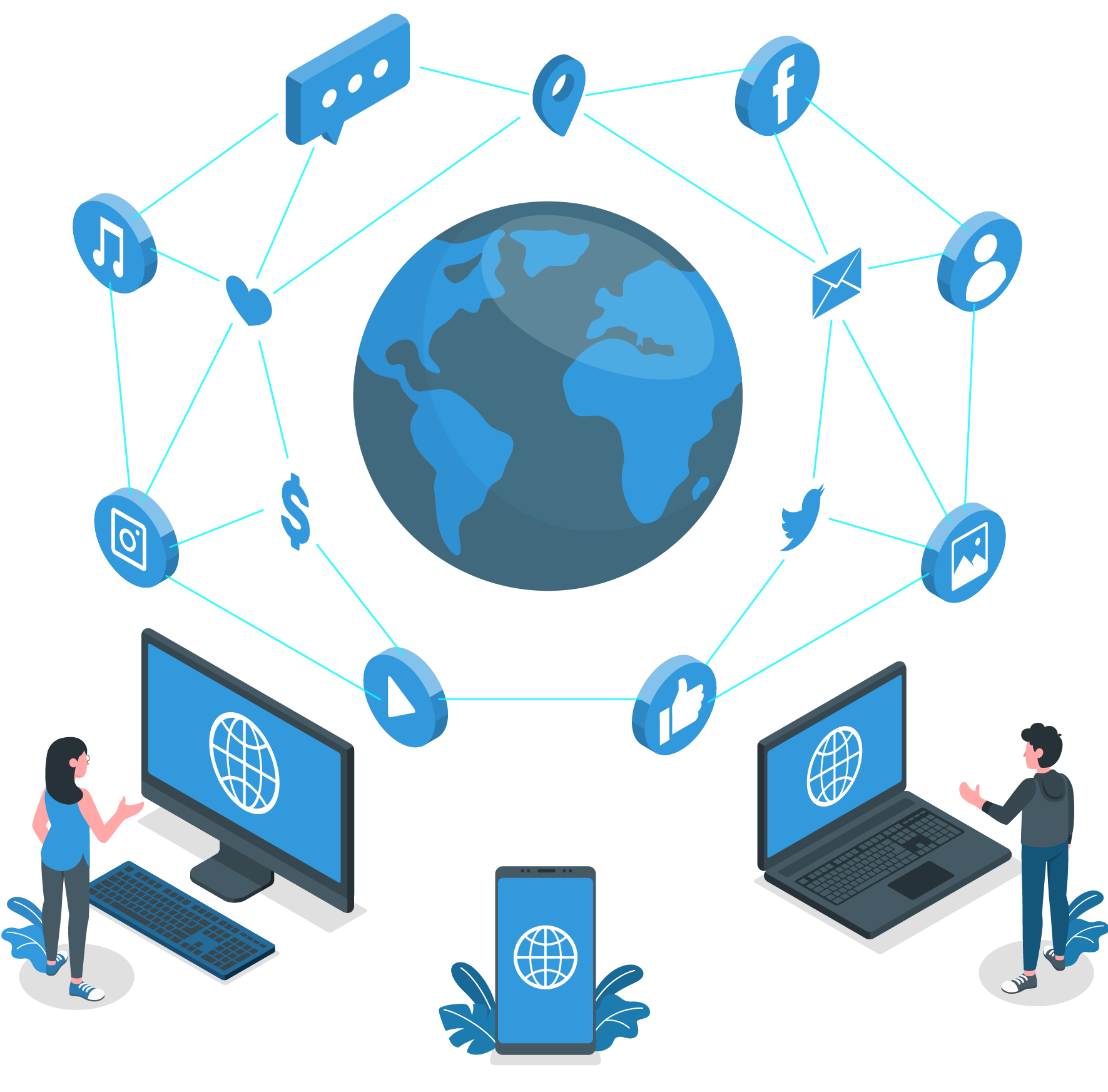The Digital HRE Education Learning Flow
Learning about, through, and for human rights is one of the key models described in COMPASS. This starts with what participants already know and progresses to discovering (about), having discussions about it (through), and finally turning learning outcomes into action (for).
We deliver online Human Rights Education because we want to encourage future generations of young people to assert their rights and take action for their application and safeguarding. As a result, when offering HRE online, as defined by COMPASS, any educator strives for at least five possible outcomes:
– Engaging around strategies for transformation,
– Mobilizing for action,
– Taking action during the program,
– Taking action as a follow up, and
– Claiming rights.
All of these appear to be difficult to achieve in the digital environment, as evidenced by the study we conducted in the early stages of our project.
When asked how effective they were at inspiring the aforementioned results when delivering online HRE, educators responded on a scale of 1 to 5 ( 1 – Not at all effective, 2 – Slightly effective, 3 – Moderately effective, 4 – Very effective 5 = Extremely effective):
– Engaging around strategies for transformation – 3,21,
– Mobilizing for action – 3,21,
– Taking action during the program – 3,39,
– Taking action as a follow up – 3,21, and
– Claiming rights 3,39.

We strongly recommend that you consider each one individually and, based on that, set priorities for your training/program. As you define them at the design stage, they will prove to be very beneficial in the actual implementation of the program.

We propose keeping the following stages of learning flow in mind while delivering online HRE based on the previously mentioned model (about, through, and for):
– Receiving information about HRE and experiencing HRE through a variety of digital learning activities;
– Reflecting and debriefing on specific parts and cases of HR application in a given context; and sharing experiences by identifying and examining patterns of behavior across distinct cultures; and
– Increasing participants’ capacity to act and engaging them in change strategies.
Table of Contents
1. What are human rights, and how do they apply in the digital world?
2. What is the significance of Human Rights Education (HRE)?
3. Why is investment in Digital Human Rights Education Important?
4. Ten key methodological foundations and learning approaches, and their digital application
5. What else have we discovered about digital programs and their formats
6. The Digital HRE Education Flow
7. Activities for Digital Learning
8. Developing, delivering, and following up on a training program
